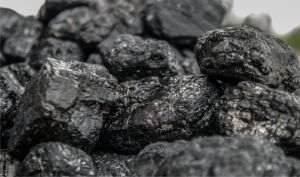The changes the climate is going through are not favorable to life. More than a fifth of the world's migratory species are at risk of extinction due to climate change and human encroachment, according to the United Nations' first report on migratory animals. Billions of animals travel across deserts, plains and oceans each year to breed and feed, and "unsustainable" pressures on migratory species could lead not only to declining populations, but also to disrupting food supplies and to threaten people's livelihoods, the report states. Among the 1,189 species analyzed by a 1979 UN convention for the protection of migratory animals, 44% have recorded a decrease in the number of specimens, and 22% could disappear altogether, the report also states. The figures were based on assessments and data provided by the International Union for Conservation of Nature (IUCN), as well as the Living Planet Index, which compiles population figures for more than 5,000 species since 1970. The report provides "a very clear" about what governments need to do to limit threats to migratory species, said Amy Fraenkel, executive secretary of the UN Convention on the Conservation of Migratory Species of Wild Animals. "It's always about implementation," she added ahead of a meeting of the said convention, which will take place this week in Samarkand, Uzbekistan. Humans are the biggest threat, as human activities, including hunting, fishing and other forms of overexploitation, impact 70% of UN-listed species. Habitat loss has affected up to 75% of species - highlighting the need for greater connectivity between isolated ecosystems. The report's authors urged governments to avoid disrupting habitats and migration routes when installing infrastructure such as dams, pipelines and wind turbines. "We need to look at the higher levels of government decision-making," said Amy Fraenkel, "and what's being planned so that we can make sure that we can ... meet human needs without sacrificing the nature that we all we need to survive". The pressures are compounded by changes in temperature, which disrupt the timing of migrations, cause heat stress and cause increasingly destructive weather events such as drought and forest fires. "The changes that were already predicted a few years ago are happening now," said Amy Fraenkel. Participants in this convention meet every three years to consider new species to add to the list. Among the animals considered at this week's meeting in Samarkand will be the giant Amazonian catfish. The agency will also launch a new program to provide technical assistance to help countries protect their habitats more effectively, Amy Fraenkel added. Environmentalists urged governments to honor their 2022 commitment under the new global biodiversity accord to set aside 30% of the world's land and seas for nature by 2030.
Climate change, deadly danger for migratory species
O.D.
English Section / 14 februarie 2024




























































